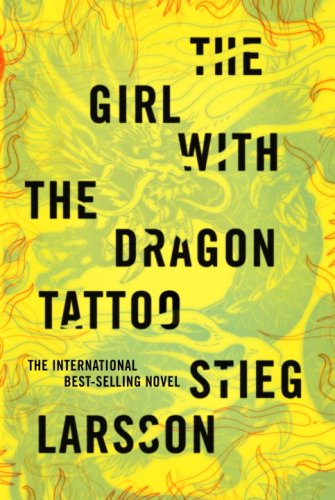I will review the second book of the Thirst Series by Christopher Pike. (refer HERE for my review of the first book) Here is the main idea of the second book
Thirst no. 2 immediately follows the events of the first book where Sita has been reverted to being a human. But the question is, what will happen next? Will she be able to live among the mortals that once were different from her?
Now that she is in her new reformed condition, Sita was able to conceive a baby—a dream that she has desired for a long period of time since she left her daughter five thousand years ago. But it seems that her baby isn’t near normal, the baby is also thirsty for blood and she grows faster than any human being. Sita is now faced with the dilemma of being a mother to an inhuman being.
----
The second installment of the Thirst series features Sita in her more emotional state. As the book depicted her becoming more human, both literally and figuratively, she grew more familiar to the readers. Emotions of the past creep up like nightmares and she confronts them, goes back through them. With humanity and history within her, she faces the ghosts of her pasts in order to solve the riddles of the future.
The readers are taken to a realm beneath the vampire story. There are new, unknown forces that are introduced in the second book. New enemies and situations that will spur out new questions to the readers’ minds and Sita’s as well. It ceased to be just another vampire story, but a story of life and decisions—depiction of human nature within the flesh and blood of a vampire. Concept of life, death, and reincarnation revolves around the second installment.
As the first one has based its story on solid, thoroughly explained vampire origins, the second one has done otherwise. Thirst no. 2 presents creatures that is both a new experience to the readers and to Sita as well. Though they give a new dimension to the main story, Pike was not able to totally explicate on these new concepts as he had done so in the first. The only redeeming chance for this is that the third installment of the series would give the explanation that the readers are looking for.
The Sita telling the story here is still the Sita that has been seen at Thirst no. 1, the aggressive vampire chick whose battle skills are at par to no human standards. Blood spill is also inevitable in the story telling of this book. Though she grows in more heroic proportions, as she got involved into a dilemma that does not only involve herself, but the whole mankind as well. She takes up the responsibility for the people close to her, as well for the humanity in the face of the planet.
Yet still evident in the second book are the problems that made the first book a little ineffective. The biggest one of them is her addiction to her faith that made the books sound really preachy rather than enlightening. But the involvement of reincarnation in the second book made little amends to this dilemma as they became personified lessons which in turn instilled the lessons of faith in much more action than words.
Thirst no. 2 presents more complex dimensions to Sita’s life as she battles it out with new creatures that she is yet to be familiarized. Her awareness of the consequences to her every decision and knowing what’s worth fighting for is commendable in this second book.
----
In a concise review:
Thirst no. 2 is crazier and more action-packed than the first book but still holds the same problems that made the first a little ineffective.


